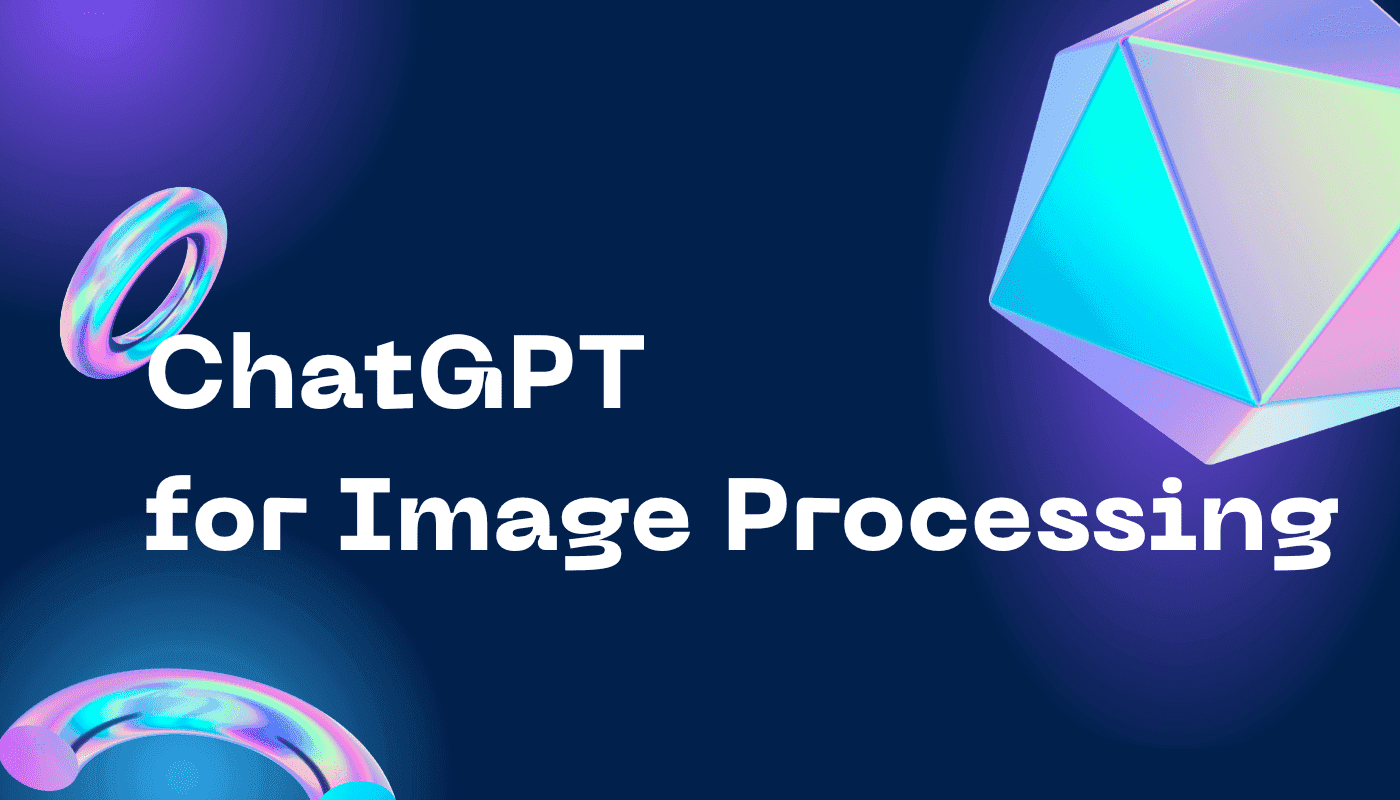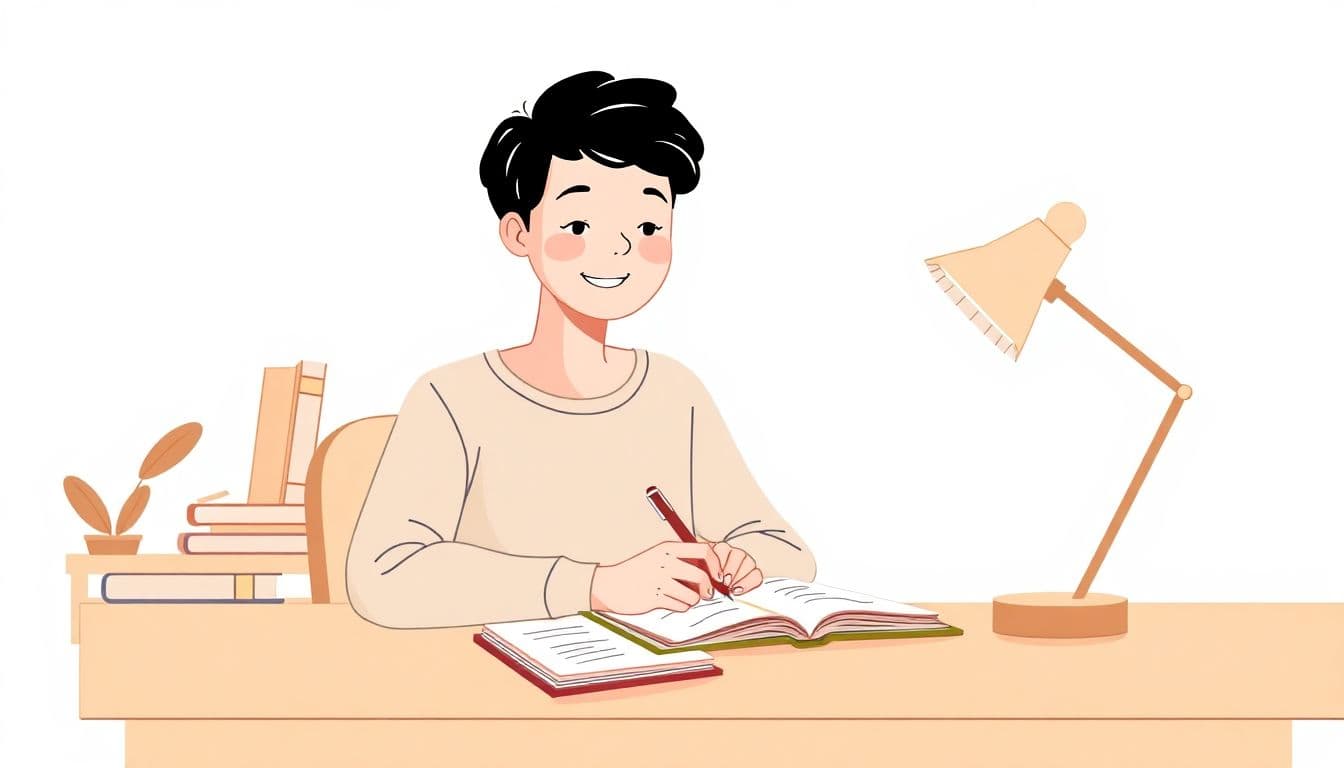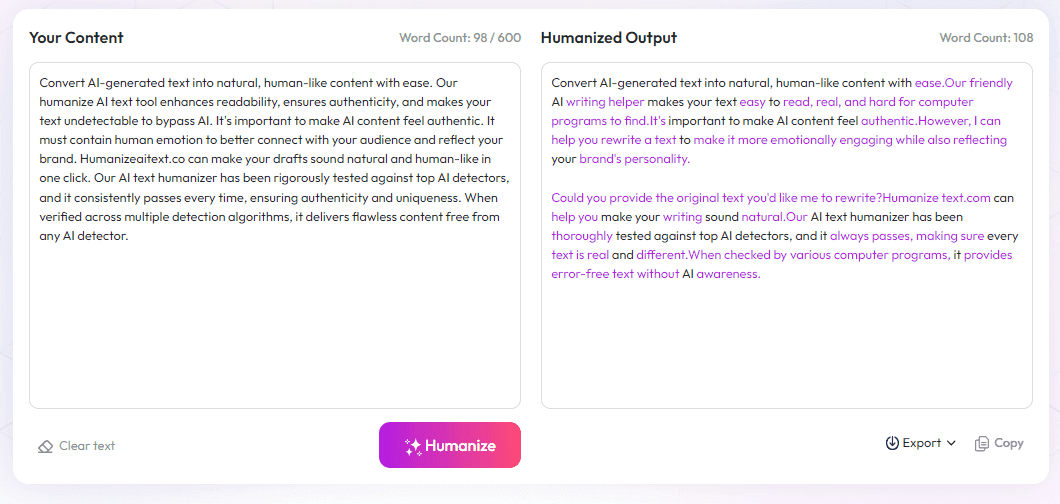Table of Contents
ChatGPT for image processing is OpenAI’s latest stride in the realm of artificial intelligence. This new update pushes the boundaries beyond text, making ChatGPT an engaging tool that now understands and interacts with images, adding a new dimension to user interactions.
The introduction of image processing capabilities isn’t just a technical upgrade, it’s a leap towards making AI more intuitive and user-friendly. With this, ChatGPT transcends from being solely text-based to a more visually interactive platform.
As we delve deeper, we’ll explore the intricacies of ChatGPT’s image processing capabilities, examine the official announcement, and understand what the integration of GPT-4V, a vision-capable model, means for users and the AI community at large.
ChatGPT’s Image Processing Capabilities
On September 25, OpenAI unveiled a significant upgrade to ChatGPT, announcing its newly acquired image processing capabilities.
This announcement marked a monumental shift, elevating ChatGPT from a text-centric AI to a multimodal conversational agent. The rollout for these features commenced for Plus and Enterprise users on mobile platforms, with a broader release scheduled for the following weeks.
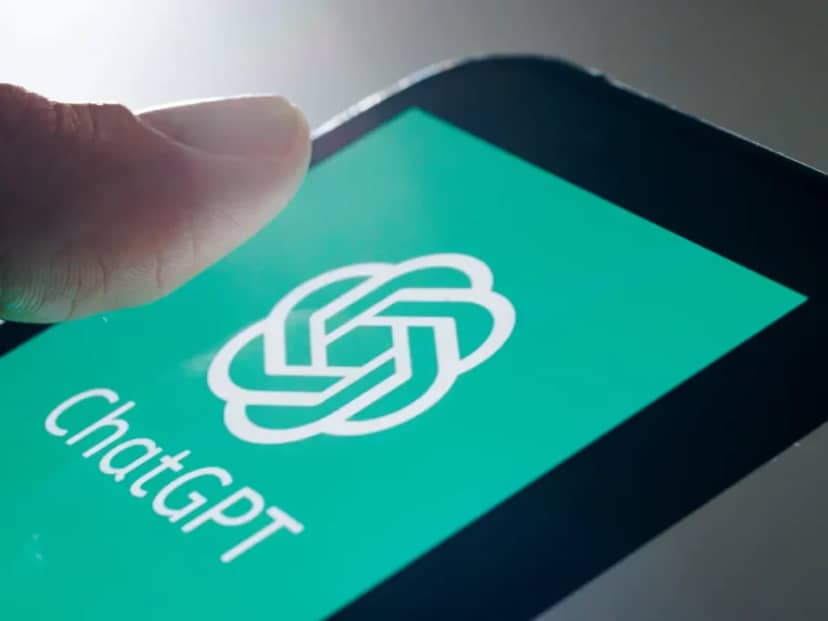
The core of the upgrade is the image processing functionality, which now allows users to have interactive dialogues with ChatGPT using images.
For instance, snapping a picture of a landmark or the contents of a fridge can lead to engaging conversations with ChatGPT, aiding in identifying landmarks or suggesting recipes respectively.
This feature extends the usability of ChatGPT, making it a more versatile tool in real-world scenarios.
The backbone of this image processing capability is the integration of GPT-4V, a vision-capable model. This powerful upgrade not only enables ChatGPT to recognize and understand images but also significantly enhances the interactive experience.
GPT-4V’s integration reflects a tangible step towards a more holistic and interactive AI, bridging the gap between textual and visual understanding in a seamless user-friendly interface.
Features and Functionalities
The cornerstone of ChatGPT’s new capabilities is the real-time image sharing and analysis feature. Users can now seamlessly share images with ChatGPT, which promptly analyzes and engages in a conversation about the shared visual content.
Whether it’s identifying landmarks, deciphering handwritten text, or recognizing various objects, the real-time image analysis opens up a realm of possibilities for interactive and informative dialogue between the user and ChatGPT.
The integration of image recognition paves the way for dynamic image-text conversations. Users can kickstart a dialogue with ChatGPT by sharing an image, and ChatGPT will respond with relevant textual information or questions to gather more context.
This feature is particularly helpful in scenarios where visual information is crucial for understanding the user’s inquiry or when words fall short in describing a particular scenario or object.
When pitted against other image recognition AI tools like Google Bard and Microsoft Bing, ChatGPT holds its ground with its newly acquired image processing capabilities. However, each of these platforms has its own set of strengths and limitations.

For instance, while Google Bard and Microsoft Bing have had multimodal features for a while, ChatGPT’s fresh upgrade makes it a strong contender in the space.
The real differentiation comes in the form of user experience and the level of interactive conversation ChatGPT offers, making the image recognition not just a standalone feature but an integral part of a conversational journey.
User Experience
Accessing the image features in ChatGPT is designed to be straightforward. Users can easily upload images via the mobile app, which then become a part of the conversation with ChatGPT.
The user interface is intuitive, ensuring that even individuals new to the platform can comfortably navigate and utilize the image analysis functionality.
Early adopters have shared varied feedback, with many praising ChatGPT’s capability to identify and discuss elements within the images shared.
Examples include identifying objects, landmarks, or even helping with recipe suggestions based on images of available ingredients.
However, some users pointed out instances where ChatGPT misinterpreted or couldn’t accurately identify certain elements, indicating room for improvement in accuracy and understanding.
The primary challenges and limitations revolve around the accuracy of image recognition, especially in complex or low-quality images.
Additionally, the system’s ability to understand the context or the specific focus of the user within a shared image might pose challenges, especially when the image contains multiple elements that could divert ChatGPT’s understanding.
Implications and Applications
The image processing capabilities significantly elevate the level of user interaction and engagement. Now, conversations with ChatGPT can transcend text and incorporate visual elements, making interactions more enriched and contextual.
The potential use cases are boundless. From providing recipe suggestions based on images of ingredients, identifying landmarks, to aiding in educational endeavors by analyzing diagrams or handwritten notes.
ChatGPT’s image recognition paves the way for a multitude of practical applications that cater to a wide spectrum of user needs.
With the ability to process images, privacy and ethical considerations come to the forefront. Users might share sensitive or personal images, and how ChatGPT handles, stores, and utilizes this data is of paramount importance.
OpenAI has taken measures to ensure user privacy, but users must also be prudent and aware of the information they share.
Integration with DALL-E 3
DALL-E 3, an advanced version of OpenAI’s image generation system, is engineered to create a plethora of diverse images from textual descriptions.
Its capabilities to transform words into visual art is astonishing, showcasing a high degree of creativity and attention to detail in generated images.
The integration between ChatGPT and DALL-E 3 opens up a realm of possibilities for creating image prompts. Users can converse with ChatGPT to fine-tune the textual descriptions, which DALL-E 3 can then utilize to generate corresponding images.
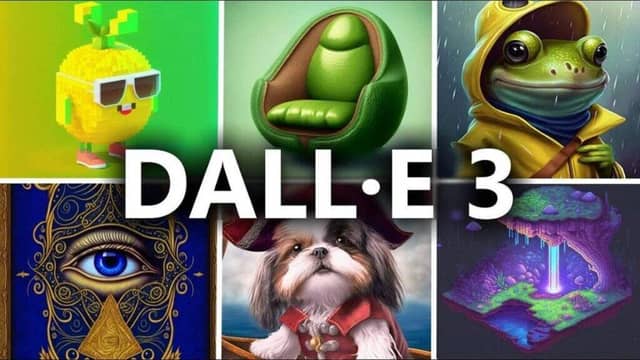
This synergy augments the user’s ability to create more accurate and descriptive visual content, bridging the gap between imagination and visual realization.
Users stand to benefit enormously from this integration. The ability to fine-tune image prompts through a conversational interface with ChatGPT, and then visualize them through DALL-E 3, enriches the user experience.
It also saves time and fosters a more intuitive way of generating visual content, especially for those without a background in graphic design or illustration.
Future Prospects
As ChatGPT continues to evolve, anticipated upgrades may include enhanced image recognition accuracy, understanding of more nuanced visual contexts, and the integration of more advanced models like GPT-4V. The expansion into video analysis and real-time multimodal interactions could be on the horizon, pushing the boundaries of what’s possible with AI.
The AI industry is dynamic, with new players and innovative solutions emerging constantly. Companies like Google and Microsoft are also venturing into multimodal AI, which could foster healthy competition and rapid advancements in technology.
The evolving industry dynamics could lead to more user-centric solutions, better privacy safeguards, and a broader spectrum of AI functionalities.
The trajectory of multimodal AI is on an upward trend, with ChatGPT and DALL-E 3 being prime examples of strides being made in this realm. As AI models become more adept at understanding and integrating multiple types of media, the applications and benefits for users will continue to expand.
This progression heralds an era where AI could seamlessly blend into our daily interactions, aiding in both personal and professional endeavors.
Conclusion
The unveiling of image processing capabilities in ChatGPT heralds a new era of interaction between users and AI. Through real-time image sharing and analysis, along with its integration with DALL-E 3, ChatGPT is redefining the way we can visualize and discuss ideas.
As we anticipate further upgrades and monitor the industry dynamics, the prospects of multimodal AI continue to enthrall and promise an enriching user experience. Dive into the world of ChatGPT, explore its image processing functionalities, and witness firsthand the transformative power of multimodal AI.
